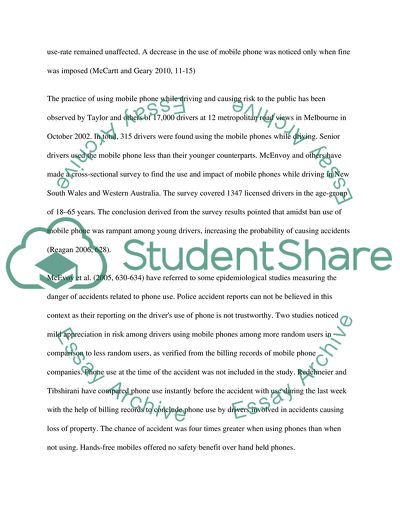Cite this document
(Contribution of Mobile Phones in Road Accidents Research Paper, n.d.)
Contribution of Mobile Phones in Road Accidents Research Paper. Retrieved from https://studentshare.org/social-science/1742677-public-health-health-research-methods
Contribution of Mobile Phones in Road Accidents Research Paper. Retrieved from https://studentshare.org/social-science/1742677-public-health-health-research-methods
(Contribution of Mobile Phones in Road Accidents Research Paper)
Contribution of Mobile Phones in Road Accidents Research Paper. https://studentshare.org/social-science/1742677-public-health-health-research-methods.
Contribution of Mobile Phones in Road Accidents Research Paper. https://studentshare.org/social-science/1742677-public-health-health-research-methods.
“Contribution of Mobile Phones in Road Accidents Research Paper”, n.d. https://studentshare.org/social-science/1742677-public-health-health-research-methods.


